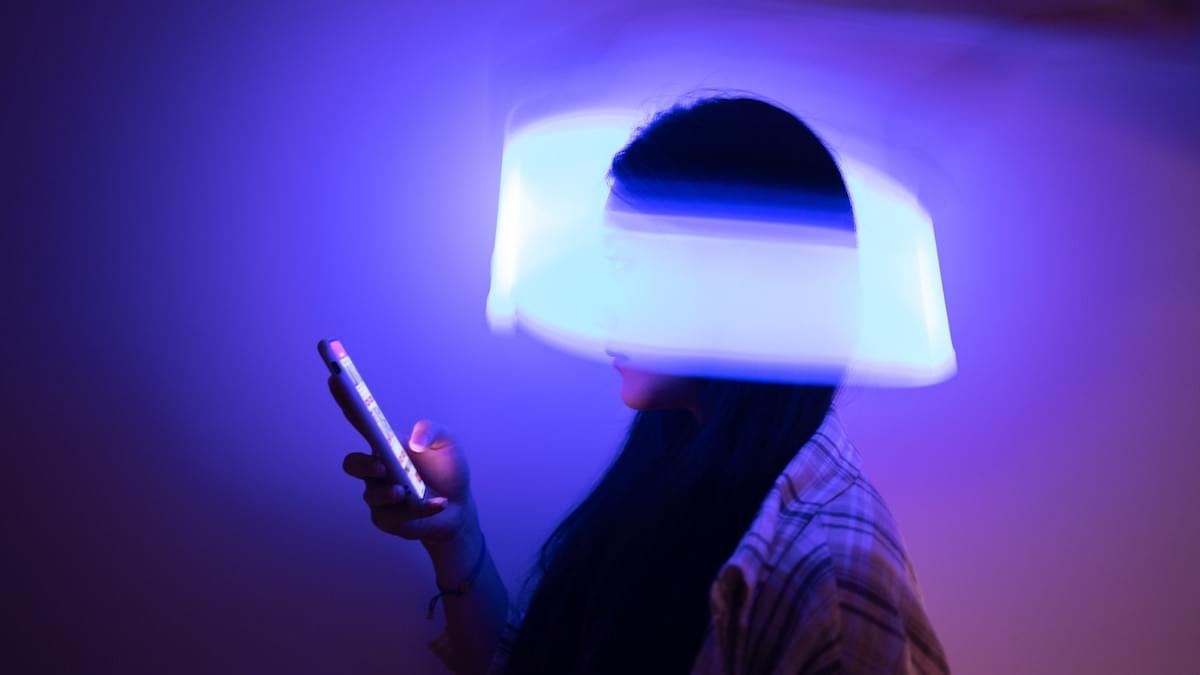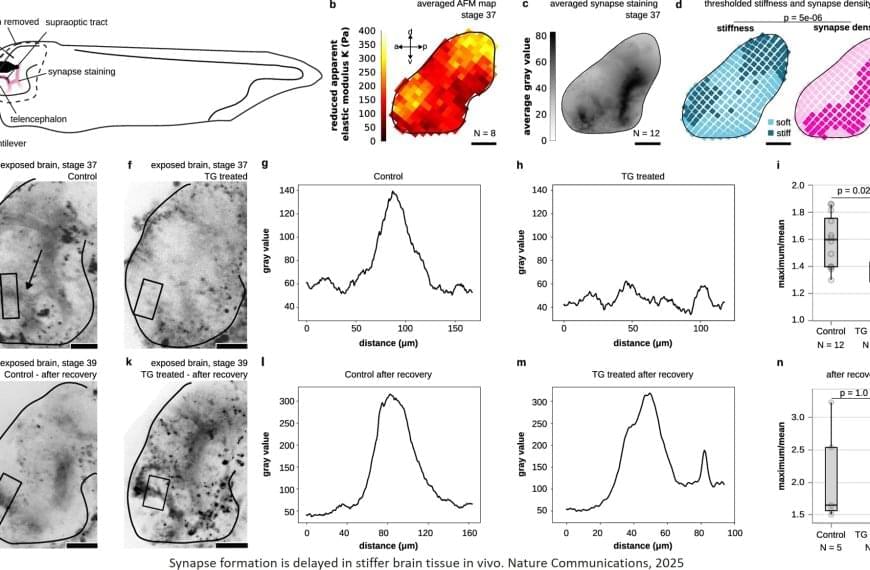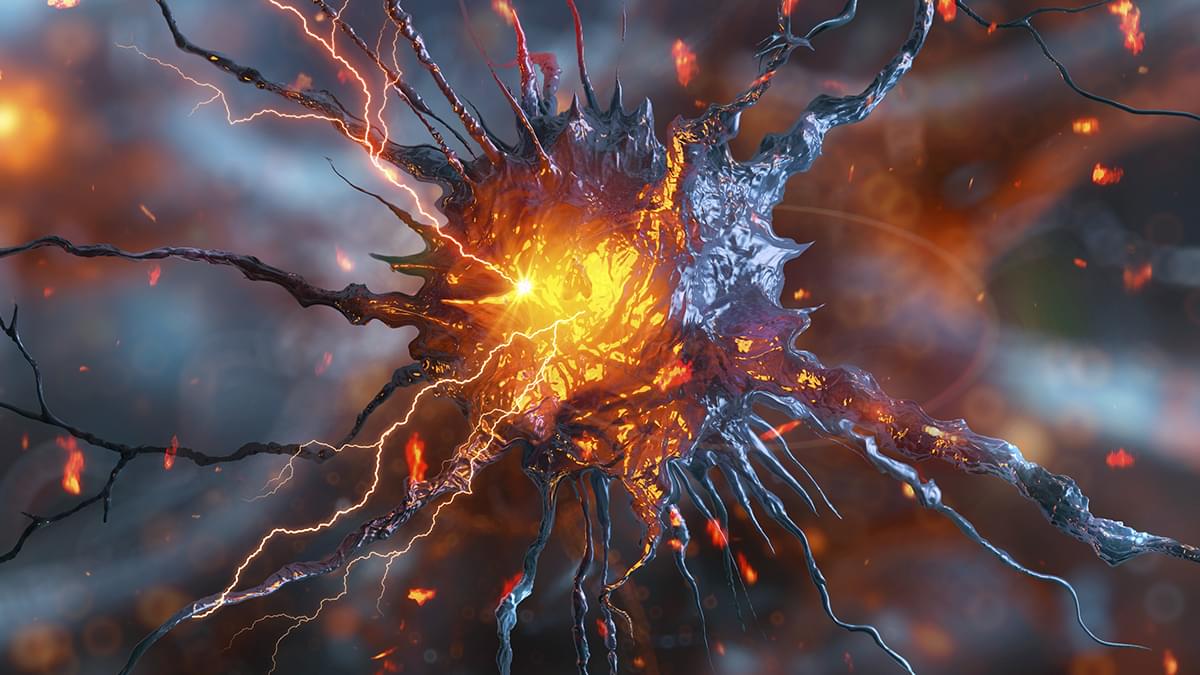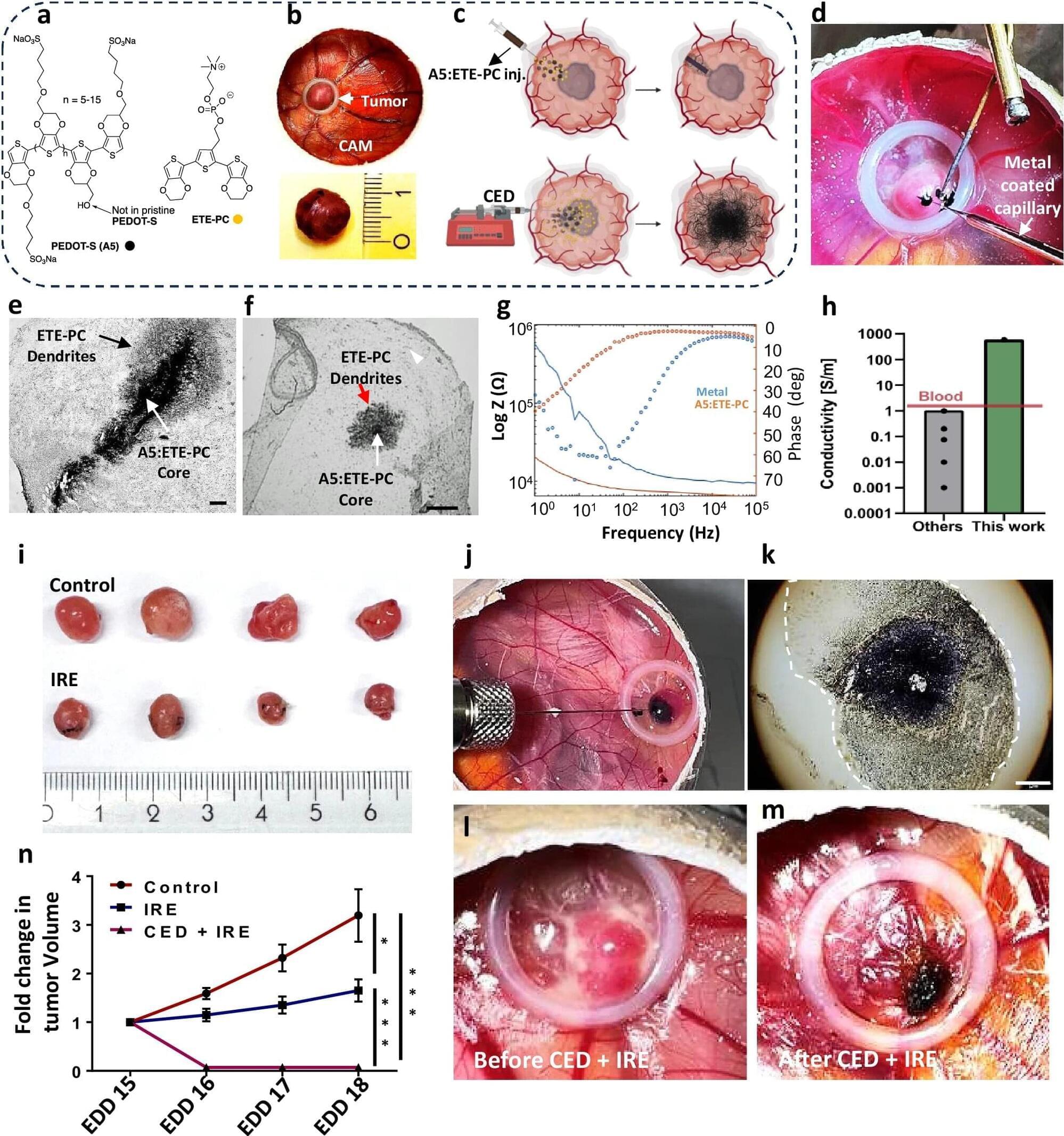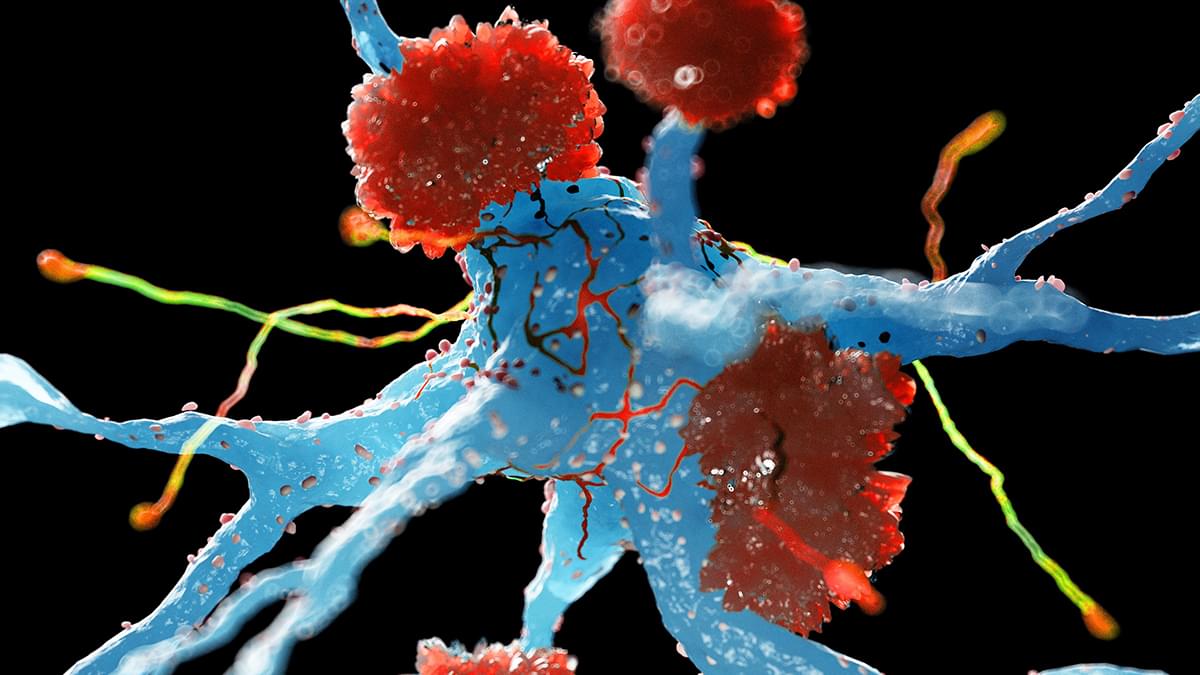Human languages are complex phenomena. Around 7,000 languages are spoken worldwide, some with only a handful of remaining speakers, while others, such as Chinese, English, Spanish and Hindi, are spoken by billions. Despite their profound differences, they all share a common function: they convey information by combining individual words into phrases—groups of related words—which are then assembled into sentences. Each of these units has its own meaning, which in combination ultimately form a comprehensible whole.
“This is actually a very complex structure. Since the natural world tends toward maximizing efficiency and conserving resources, it’s perfectly reasonable to ask why the brain encodes linguistic information in such an apparently complicated way instead of digitally, like a computer,” explains Michael Hahn.
Hahn, Professor of Computational Linguistics at Saarland University, has been examining this question together with his colleague Richard Futrell from the University of California, Irvine. The paper is published in the journal Nature Human Behaviour.
